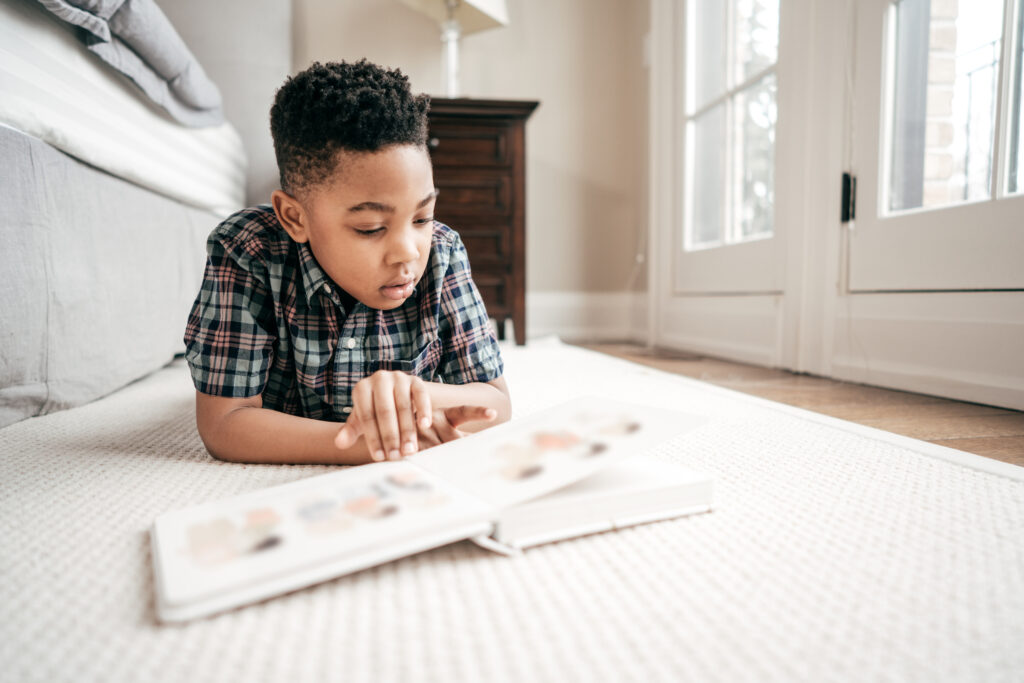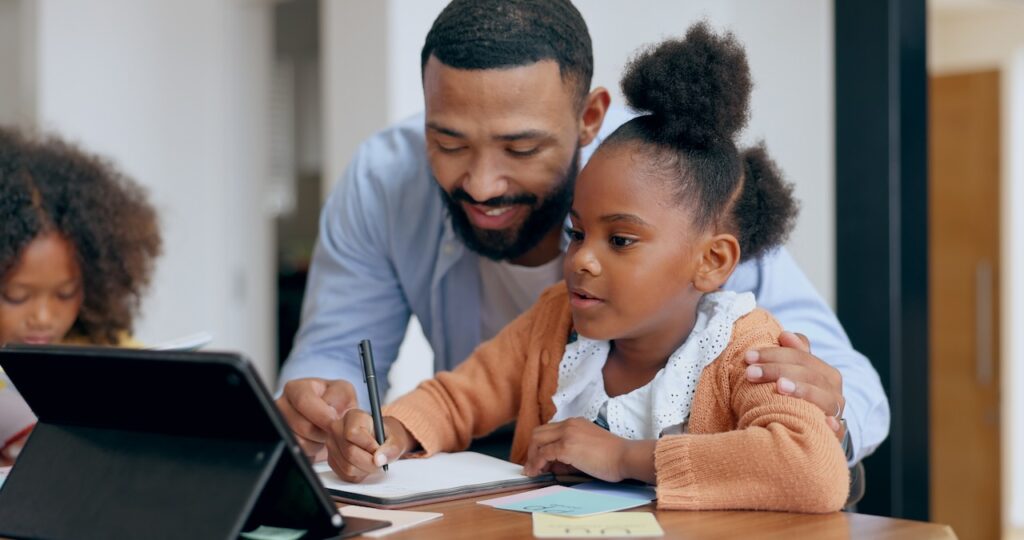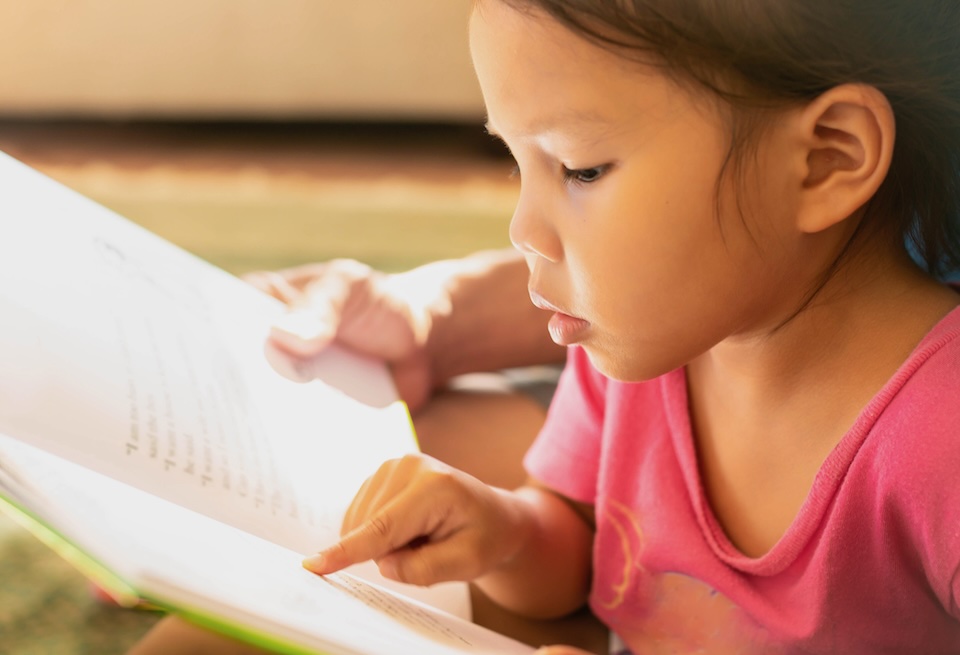What Is Reading Fluency?
Reading fluency is the ability to read something effortlessly, accurately, and with expression. Fluent readers are able to read in a way that sounds natural—as if they were having a conversation. On the other hand, less fluent readers tend to read one word at a time, resulting in slow and choppy reading.
Why Is Reading Fluency Important?
Fluency is the connection between reading the words in front of you and understanding what those words mean. When students are fluent, reading comprehension increases because they don’t need to stop and think about what each word means. Instead, they are able to recognize words right away, allowing them to focus on what the text means as a whole.
What A Reading Fluency Problem Looks Like
. . . At Home
For students with low reading fluency, picking up a book at home isn’t their idea of fun. Many avoid reading because it feels like work. Unfortunately, without this practice, students who struggle with reading have difficulty improving those skills.
Common signs include:
- Avoiding reading
- Procrastinating on homework
- Not understanding assignments
. . . At School
Children who struggle with reading generally avoid reading aloud in class. Especially as children get older, they may feel embarrassed to get up and read in front of their classmates. For many students, low reading fluency can impact their performance and grades in all subjects, especially as they progress through upper grades.
Common signs include:
- Avoiding class participation (especially reading)
- Slipping grades
- Failing to follow written instructions
The good news is improving reading fluency is something you can work on with your child at home—all it takes is a little practice!
Check out these fluency-building strategies for struggling readers that you can do at home.
7 Strategies To Improve Students’ Reading Fluency (That You Can Do At Home)
Reading Drills
Practice becoming more familiar with words by creating reading drills you can do with your child. Try creating flashcards with various words for your child to identify and use to build a story. As your child is able to recognize words easier, he or she can focus on what is being read rather than identifying individual words. With ongoing practice, his or her reading will become less choppy and more natural-sounding.
Shared Reading
Shared Reading is a group reading experience where all readers can follow along together. At home, choose a story to read to your child as he or she follows along with you. Before you start, read the title and talk about what your child thinks the book will be about. As you are reading, talk with your child about what certain words mean, how they relate to the photos, and whether your predictions were right. This strategy gives you a chance to model fluent reading to your child (by being expressive and asking questions) that he or she can apply when reading.
Reader’s Theater
Reader’s Theater gets students involved with the reading by encouraging them to act it out. You can do this at home by choosing characters from the book you are reading and acting out their actions. You can even create your own short script from a story your child has read to act out together.
Guided Reading
In Guided Reading, students are encouraged to think about what the words they are reading mean. As your child reads, help him or her work through unfamiliar words by talking about where he or she has seen them before or providing an example. After your child has finished, talk about what happened in the story together. This method is also great for students who need more of a challenge while reading.
Choral Reading
Choral Reading helps students practice reading aloud by reading along with another person or group. Choose a book or text that is at your child’s reading level, and have him or her follow along as you read first. Then, have your child read the same passage back to you. Re-read the passage together again until his or her reading is quite fluent. Try this with short poems or song lyrics.
Audio Readings
Find audio readings of books that your child can listen to as he or she follows along. Hearing a fluent reader read a book can be helpful for students to get a grasp on the material before they practice reading it themselves. Many schools and libraries offer audiobooks that students can borrow.
Echo Reading
Echo Reading is a type of repeated reading that involves your child following along, word by word, while you read aloud. Once you have finished, have your child read the same passage. As your child reads back to you, point at each word to help keep him or her on track. This strategy works great for children just learning how to read, or who struggle with identifying words.
With these strategies, your child will be on the road to becoming a stronger reader in no time! If your child needs a bit of an extra boost, our English tutoring programs can help!





